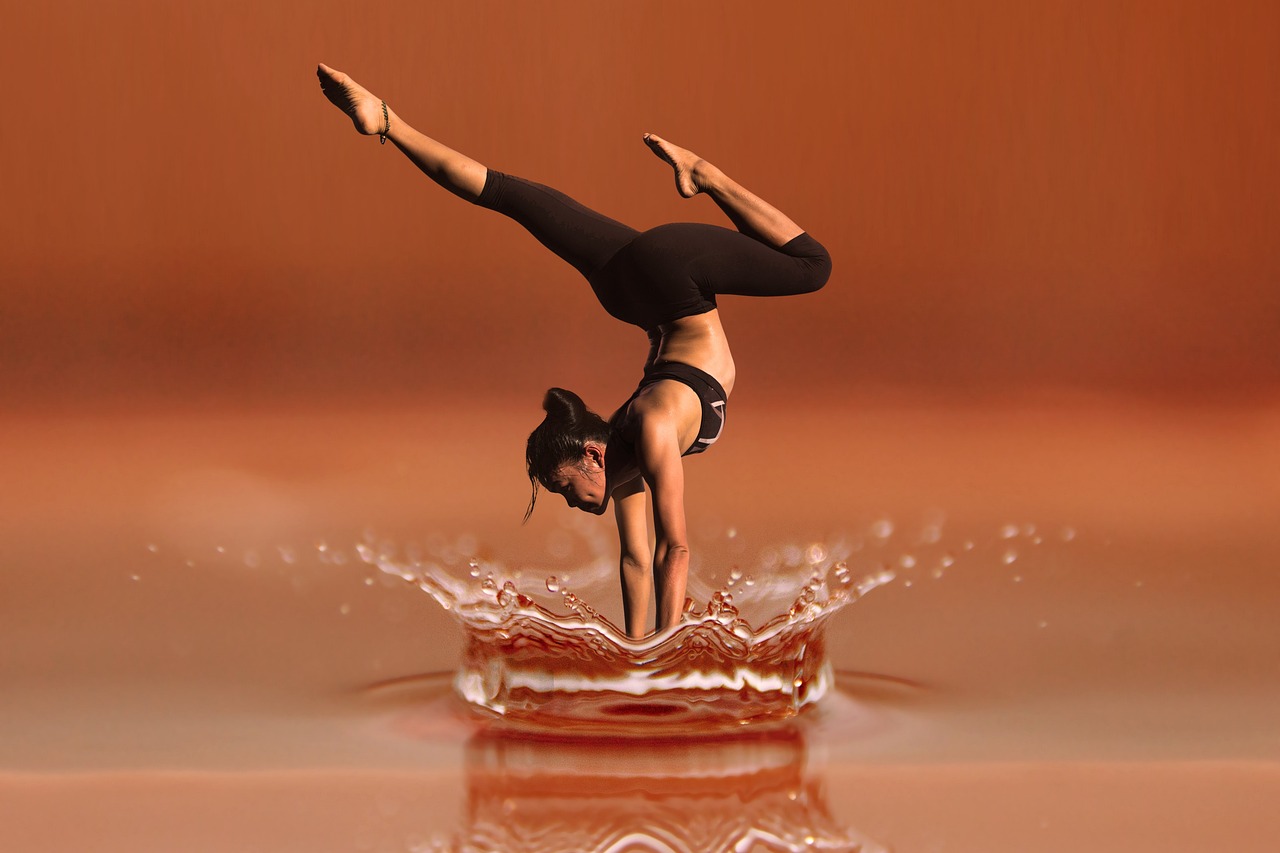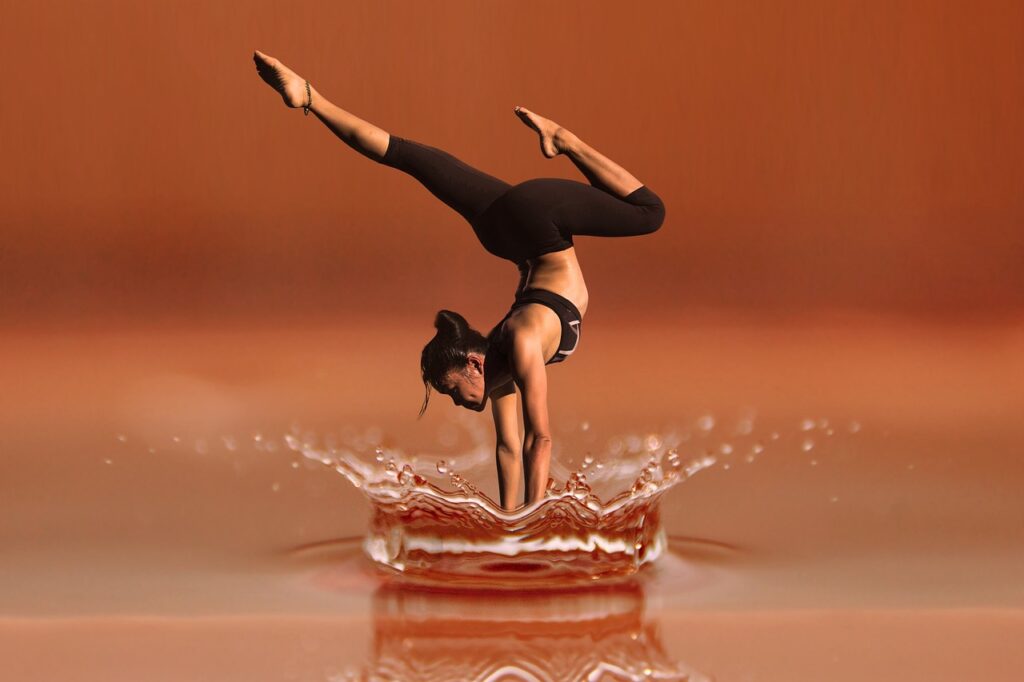
Yoga For Beginners: Embarking On A Journey Of Self-Discovery
Are you ready to embark on a journey of self-discovery? One that will not only improve your physical health but also your mental and emotional wellbeing? Then it’s time to give yoga a try.
Yoga is more than just a physical exercise, it’s a philosophy and way of life that has been practised for thousands of years.
As a beginner, it’s normal to feel overwhelmed and intimidated by the thought of starting a yoga practice. But fear not, yoga is for everyone and there are many different types and styles to choose from.
By taking the time to understand the philosophy of yoga, exploring different types of yoga, and learning about the benefits of practising yoga, you can begin your journey of self-discovery with confidence and ease.
So, roll out your mat and let’s get started.
Understanding the Philosophy of Yoga
Let’s dive into the philosophy of yoga and explore its ancient teachings. Yoga philosophy is an ancient wisdom that’s been passed down through generations and is still relevant today.
This philosophy is not just about physical postures and breathing techniques, but also about spiritual growth and self-discovery. Yoga philosophy teaches us that we’re all connected and that we should strive to live in harmony with ourselves and the world around us.
It encourages us to go beyond the material world and explore the depths of our inner being. By practicing yoga, we can develop self-awareness and a deeper understanding of ourselves and our place in the universe.
So, if you’re a beginner to yoga, take some time to understand the philosophy behind it. It’ll not only enhance your practice but also help you embark on a journey of self-discovery.

Exploring Different Types of Yoga
Discovering various styles of yoga can be a thrilling and eye-opening experience, igniting a passion for the practice.
Partner yoga, for instance, is a unique style that involves two individuals performing yoga postures together. This type of yoga emphasizes communication, trust, and connection between partners. It’s an excellent way to deepen your relationship with a loved one while also enhancing your yoga practice.
Aerial yoga, on the other hand, is a more adventurous style that involves using a hammock or fabric suspended from the ceiling to support and enhance traditional yoga postures. This type of yoga is great for improving flexibility, strength, and balance, while also providing a sense of freedom and playfulness. Aerial yoga can be particularly beneficial for individuals who experience joint pain or limited mobility, as the hammock allows for a more gentle and supportive practice.
Whatever style of yoga you choose to explore, remember to approach it with an open mind and a willingness to learn and grow.
Benefits of Practicing Yoga for Physical and Mental Health
You can experience a multitude of benefits for both your physical and mental health by incorporating yoga into your daily routine.
One of the most significant advantages of practicing yoga is its positive impact on your immune system. Yoga helps to stimulate the lymphatic system, which is responsible for removing toxins and waste from your body. This process improves the body’s ability to fight off infections and diseases, making you less prone to illnesses.
Moreover, yoga can be a powerful tool for managing stress. The various poses, breathing techniques, and meditation practices in yoga can help to calm your mind and reduce anxiety levels. Regular yoga practice has been shown to decrease cortisol levels, the hormone that causes stress, and increase the production of endorphins, which promote feelings of relaxation and well-being.
By practicing yoga, you can cultivate a sense of inner peace and resilience that will help you manage life’s challenges with grace and ease.
Tips for Starting Your Yoga Practice
Ready to get started with your yoga practice? Here are some tips for starting your journey towards better physical and mental health.
First, find a comfortable space to practice in. This can be a designated yoga studio, your living room, or even outside. Make sure to clear the area of any clutter and distractions.
Secondly, invest in a good quality yoga mat. This will provide you with the proper support and cushioning for your practice. Additionally, wear comfortable and breathable clothing that allows for free movement.
Lastly, start off slowly and don’t push yourself too hard. Remember, yoga is a journey and not a destination. By avoiding common mistakes such as overexertion, you’ll be able to fully enjoy the benefits of your practice.
Starting your yoga journey can be an exciting and rewarding experience. By following these tips for beginners, you’ll be able to avoid common mistakes and set yourself up for success. Remember to be patient with yourself and enjoy the journey towards better physical and mental health.
Incorporating Yoga into Your Daily Routine
Make your day even better by incorporating yoga into your daily routine, starting with just a few minutes of mindful breathing and stretching in the morning. You don’t need to set aside hours of your day for yoga practice. Just a few minutes can make a big difference in your physical and mental well-being.
You can start by laying out a yoga mat in a quiet space in your home, and dedicating a few minutes to stretching and breathing exercises. If you’re new to yoga, it can be helpful to find a teacher or instructor who can guide you through the basics. Look for local yoga studios or online classes that cater to beginners.
A good teacher can help you learn proper form and alignment, and can also offer modifications if you have any injuries or limitations. With a little bit of dedication and practice, you can incorporate yoga into your daily routine and enjoy the many benefits it has to offer.
Frequently Asked Questions
Can yoga be practiced by people with physical disabilities or limitations?
Yes, adapted yoga poses can be practiced by people with physical disabilities or limitations. Benefits of yoga for people with disabilities include improved flexibility, strength, balance, and overall well-being.
What types of clothing and equipment do I need for yoga?
For yoga, wear comfortable clothing that allows movement and breathability. Choose a mat that’s non-slip and provides enough cushion for your joints. Consider your budget and how often you’ll use it.
How often should I practice yoga to see benefits?
To see benefits, practice yoga at least 3 times a week. Track progress by monitoring flexibility, strength, and overall well-being. Adjust frequency as needed to continue progressing.
Can yoga help me lose weight?
Yoga can help boost your metabolism, aiding weight loss. However, it’s important to note that the benefits of yoga go beyond shedding pounds. It can also improve flexibility, reduce stress, and enhance overall well-being.
Can I practice yoga if I’m not flexible?
Yes, you can practice yoga even if you’re not flexible. Yoga modifications and beginner poses are available to help you ease into the practice and improve flexibility over time.
Conclusion
Congratulations on embarking on your journey of self-discovery through yoga! By understanding the philosophy of yoga and exploring different types of yoga, you’ve opened yourself up to a world of physical and mental benefits.
Practicing yoga can help you improve your flexibility, strength, balance, and overall well-being. Remember to start your yoga practice slowly and listen to your body. With time and consistency, you’ll see progress and improvement.
Don’t forget to incorporate yoga into your daily routine, even if it’s just a few minutes a day. By making yoga a part of your lifestyle, you can continue to reap the benefits and deepen your self-discovery journey.
Namaste!

Comments (0)